LAWRENCE, Kan., USA: A new study led by a University of Kansas researcher has discovered multiple toothpick grooves on teeth and signs of other dental manipulations by a Neanderthal of 130,000 years ago. These findings are evidence of a kind of prehistoric dentistry and form of self-treatment to relieve dental discomfort.
David Frayer, Professor Emeritus of Biological Anthropology, and his research team at the university analyzed four isolated, but associated mandibular teeth on the left side of the Neanderthal’s mouth, which were found at the Krapina site in Croatia. The teeth were discovered more than 100 years ago at the site, which was originally excavated between 1899 and 1905. In recent years, Frayer and co-author Dr. Davorka Radovčić have re-examined many of the items retrieved. In this case, they analyzed the teeth under a light microscope to document occlusal wear, toothpick groove formation, dentin scratches and antemortem lingual enamel fractures.
“As a package, this fits together as a dental problem that the Neanderthal was having and was trying to presumably treat itself, with the toothpick grooves, the breaks and also with the scratches on the premolar,” said Frayer. “It was an interesting connection or collection of phenomena that fit together in a way that we would expect a modern human to do. Everybody has had dental pain, and they know what it’s like to have a problem with an impacted tooth.”
The features of the examined teeth are associated with several kinds of dental manipulations. Mostly because the damage to the teeth was on the lingual aspect and at different angles, the researchers ruled out something having happened to the teeth after the Neanderthal died. Past research in the fossil record has identified toothpick grooves going back almost 2 million years, Frayer explained. The researchers did not identify what the Neanderthal would have used to produce the grooves, but it could possibly have been bone or grass stems.
“It’s maybe not surprising that a Neanderthal did this, but as far as I know, there’s no specimen that combines all of this together into a pattern that would indicate he or she was trying to presumably self-treat this eruption problem,” he added.
The study, titled “Prehistoric dentistry? P4 rotation, partial M3 impaction, toothpick grooves and other signs of manipulation in Krapina Dental Person 20,” was published in the June issue of the Bulletin of the International Association for Paleodontology.
Tags:
NEW YORK, U.S.: Throughout history, human exposure to various metals and its effects have been investigated numerous times. In a new study, scientists from ...
LONDON, UK: Looking back in time through archaeology has revealed many insights to explain where Homo sapiens came from. By examining teeth, scientists have...
CALGARY, Alberta, Canada: Researchers studying a 400-million-year-old bony fish from Estonia believe that they have found evidence for the origin of teeth. ...
TOULOUSE, France: In a recent study, French, Italian and Spanish researchers have investigated some of the oldest fossil dental remains from Middle ...
Orthodontic treatment remains the gold standard intervention to improve alignment and functional dynamics without significant biological sacrifice or ...
LONDON, England: The UK’s General Dental Council has emphasised its commitment to understanding and monitoring the evolving impact of artificial ...
LONDON, England: The UK College of General Dentistry has released the third edition of Standards in Dentistry, a comprehensive and freely accessible online ...
LEIPZIG, Germany: The ecology of Neanderthals is a pressing area of enquiry in the study of the evolution of hominins (modern humans and their fossil ...
BURGOS, Spain: There are many scientists arguing that the Neanderthal lineage evolved linearly. However, a paper by a team of researchers from the Centro ...
TAUTAVEL, France: In an exciting discovery by volunteer Spanish and French archaeologists, an ancient primary tooth was recently uncovered in France in the ...
Live webinar
Mon. 12 January 2026
9:00 am EST (New York)
Prof. Judith Jones D.D.S; M.P.H., Prof. Kakuhiro Fukai D.D.S., Ph.D, Dr. Bathsheba (Bethy) Turton
Live webinar
Wed. 14 January 2026
12:00 pm EST (New York)
Dr. Théo Laplane, Dr. Robert Gottlander DDS
Live webinar
Fri. 16 January 2026
12:00 pm EST (New York)
Live webinar
Mon. 19 January 2026
1:00 pm EST (New York)
Philipp Kopp, Michael Seeber
Live webinar
Thu. 22 January 2026
2:00 pm EST (New York)
Dr. Nicola M. Grande DDS, PhD
Live webinar
Wed. 28 January 2026
8:00 am EST (New York)
Live webinar
Wed. 28 January 2026
11:00 am EST (New York)
Prof. Dr. Jan-Frederik Güth



 Austria / Österreich
Austria / Österreich
 Bosnia and Herzegovina / Босна и Херцеговина
Bosnia and Herzegovina / Босна и Херцеговина
 Bulgaria / България
Bulgaria / България
 Croatia / Hrvatska
Croatia / Hrvatska
 Czech Republic & Slovakia / Česká republika & Slovensko
Czech Republic & Slovakia / Česká republika & Slovensko
 France / France
France / France
 Germany / Deutschland
Germany / Deutschland
 Greece / ΕΛΛΑΔΑ
Greece / ΕΛΛΑΔΑ
 Hungary / Hungary
Hungary / Hungary
 Italy / Italia
Italy / Italia
 Netherlands / Nederland
Netherlands / Nederland
 Nordic / Nordic
Nordic / Nordic
 Poland / Polska
Poland / Polska
 Portugal / Portugal
Portugal / Portugal
 Romania & Moldova / România & Moldova
Romania & Moldova / România & Moldova
 Slovenia / Slovenija
Slovenia / Slovenija
 Serbia & Montenegro / Србија и Црна Гора
Serbia & Montenegro / Србија и Црна Гора
 Spain / España
Spain / España
 Switzerland / Schweiz
Switzerland / Schweiz
 Turkey / Türkiye
Turkey / Türkiye
 UK & Ireland / UK & Ireland
UK & Ireland / UK & Ireland
 Brazil / Brasil
Brazil / Brasil
 Canada / Canada
Canada / Canada
 Latin America / Latinoamérica
Latin America / Latinoamérica
 USA / USA
USA / USA
 China / 中国
China / 中国
 India / भारत गणराज्य
India / भारत गणराज्य
 Pakistan / Pākistān
Pakistan / Pākistān
 Vietnam / Việt Nam
Vietnam / Việt Nam
 ASEAN / ASEAN
ASEAN / ASEAN
 Israel / מְדִינַת יִשְׂרָאֵל
Israel / מְדִינַת יִשְׂרָאֵל
 Algeria, Morocco & Tunisia / الجزائر والمغرب وتونس
Algeria, Morocco & Tunisia / الجزائر والمغرب وتونس
 Middle East / Middle East
Middle East / Middle East
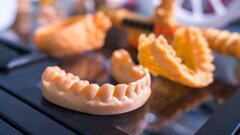
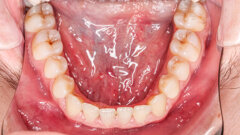






















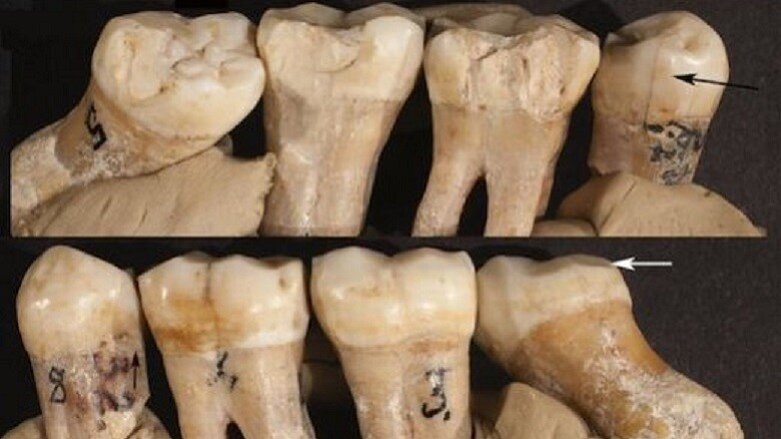



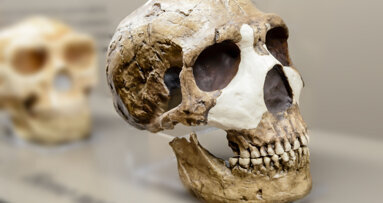
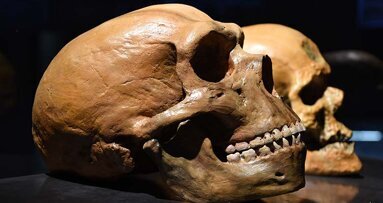
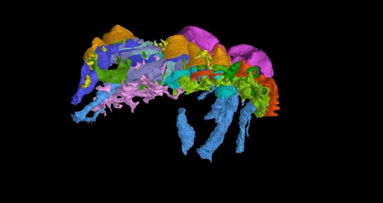
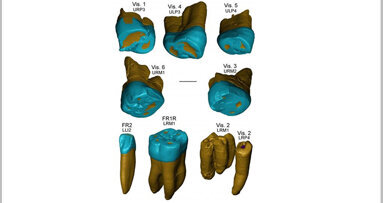



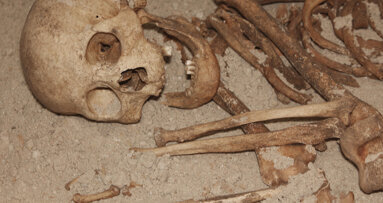
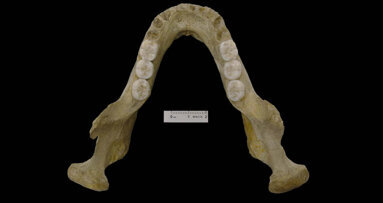
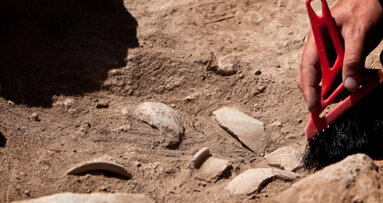










To post a reply please login or register